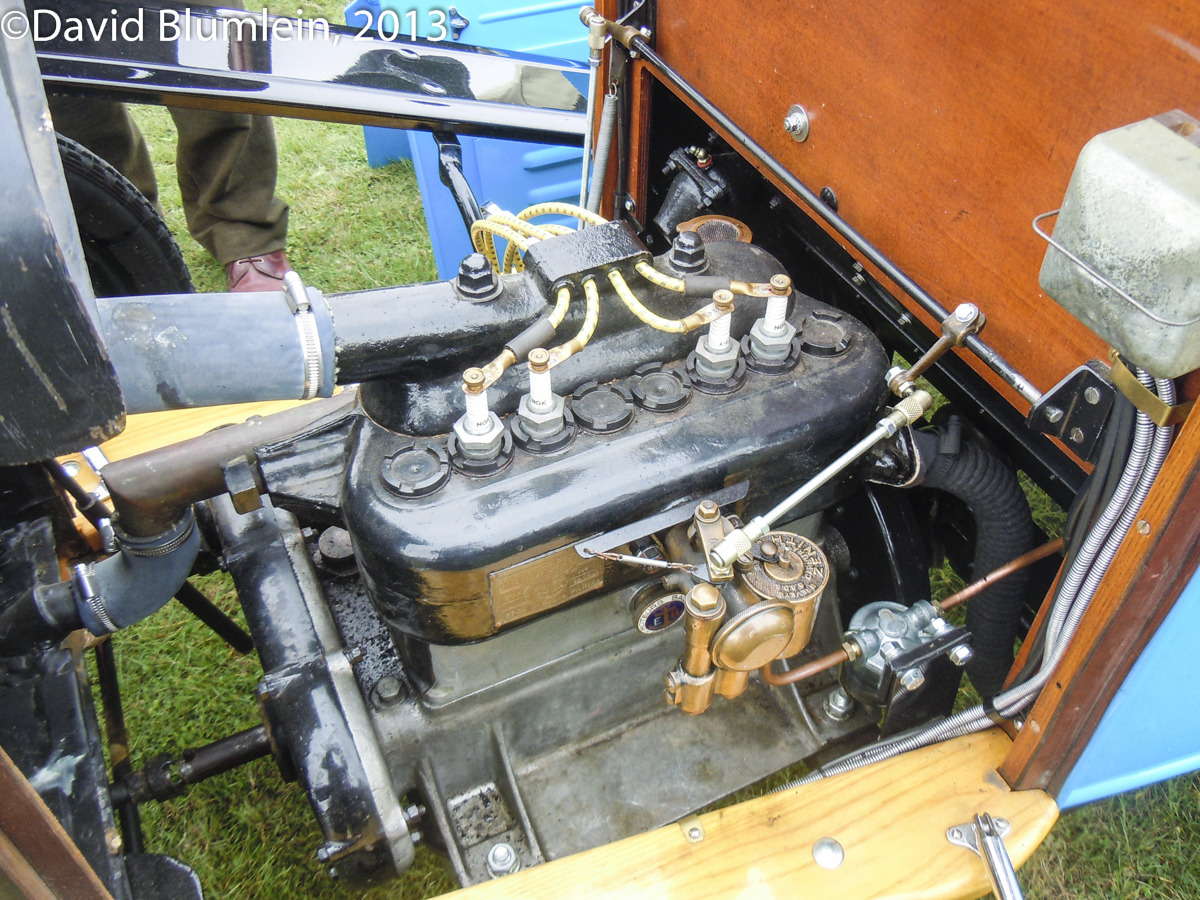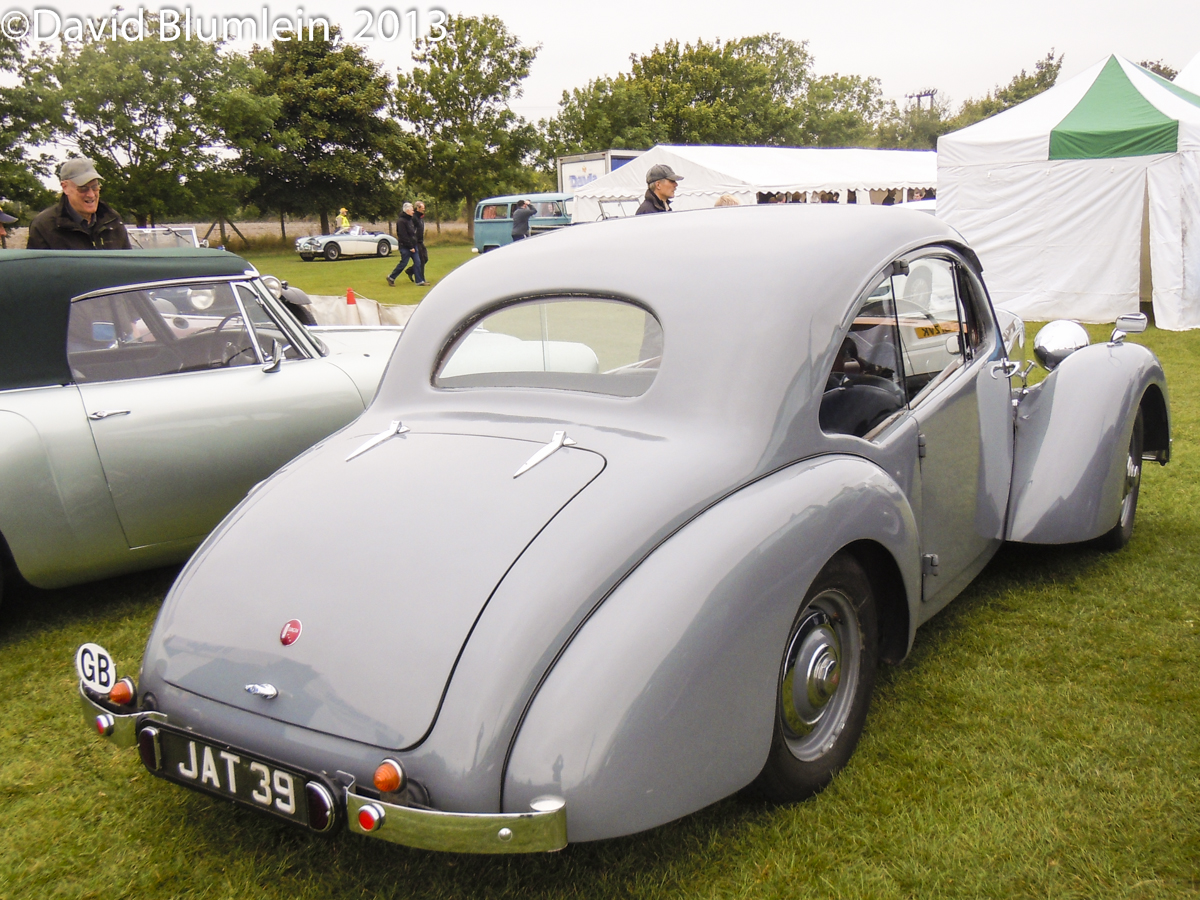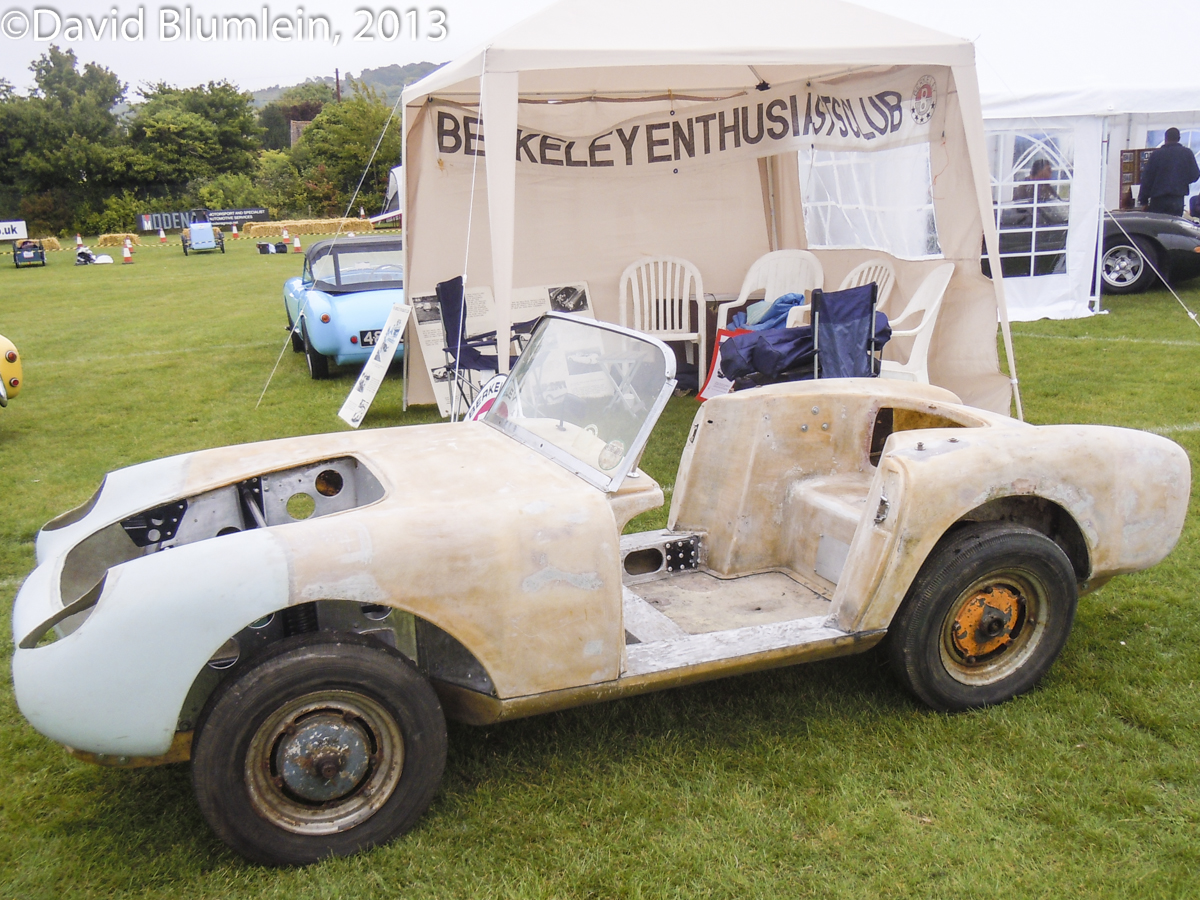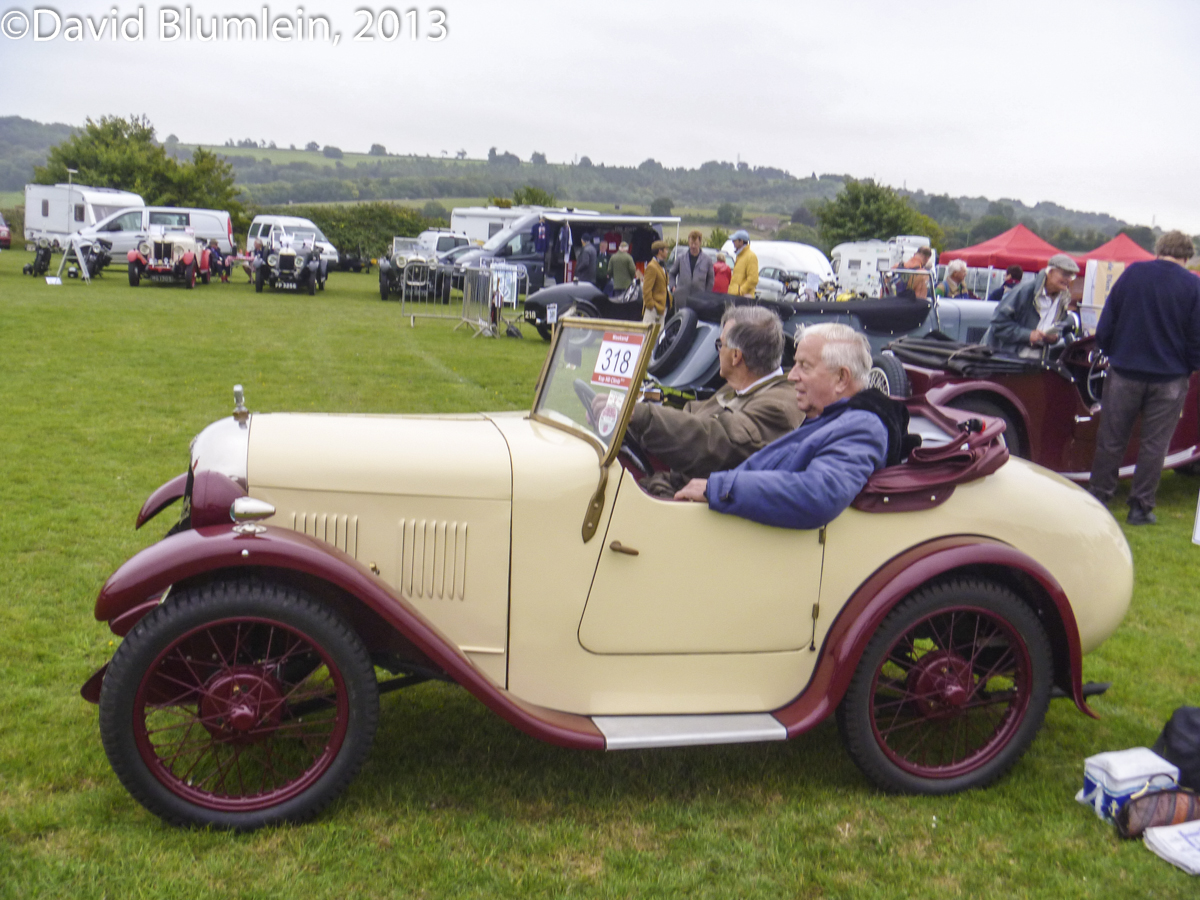The Special Correspondent has been a bit quiet recently, he is working on a grand project, more about that later. The Kop Hill Climb was a recent event that he attended and of course he brings us another feast of Rare and Interesting.
1914 Marlborough
The Marlborough was an Anglo/French car. In 1909 production was taken over by T.B. André, of shock absorber fame. The cars had 4-cylinder engines, 3-speed gearboxes and shaft drive.

This car is powered by a 1043 c.c. side-valve Ballot engine. Ballot was a French engine maker which later turned to car production. Their 3-litre straight-eight Grand Prix car finished 2nd (and 2-litre 3rd) in the 1921 French Grand Prix at Le Mans. Ballot is best remembered for its 2-litre 4-cylinder sports car, the 2LS, the first production car to have a twin-overhead camshaft engine.

1947 Alvis Duncan saloon
Pictures 0546 and 0549
The all-aluminium car bodies built by Duncan Industries of North Walsham, Norfolk, are usually associated with the early Riley-engined Healeys but the company made 30 of these sports saloons on the Alvis TA 14 chassis.
The car had a 4-cylinder 1842 c.c. OHV engine. It is thought that about 15 survive.
Berkeley 2-seater sports
Most car enthusiasts think that Colin Chapman’s beautiful Lotus Elite of 1957 was the first car to have a glass-fibre chassis-body but it wasn’t – this Berkeley sports car, which made its début at Earl’s Court in 1956, was! Built by Berkeley Caravans of Biggleswade, a firm with vast experience with glass-fibre, the car had a 2-stroke twin-cylinder engine driving the front wheels. Fabricated aluminium structures were bonded into the underbody at the centre, as can be seen, and nose to provide additional beam and torsional strength which were necessary in an open car. The design was conceived by Lawrence Bond, better known for his mini-cars.

1926 Morgan Family
Morgan’s first four-seater was seen at the 1919 Olympia Show and this “Family” version of the famous three-wheeler was the company’s most popular model during the Twenties.
This car has the optional OHV Anzani 1078 c.c. water-cooled engine giving about 40 b.h.p.

1925 Cubitt Tourer
Aylesbury in Buckinghamshire may seem an unlikely town in which to manufacture a motor-car but it was here in Bicester Road that Cubitt’s Engineering Co built the Cubitt car from 1919-1925. It was a subsidiary company of Holland, Hannen & Cubitt Ltd, builders who were responsible for the new east wing of Buckingham Palace and the Cenotaph among many other London landmarks. The Cubitt car was a straight-forward design with a 2185 c.c. 4-cylinder side-valve engine. Rather big and heavy, the car was slow to sell. In 1922 the ex-Napier head of A.C. Cars, S.F.Edge, bought Cubitt and engaged J.S. Napier (no connection with the Napier car) from Arrol-Johnston to redesign the car. (It was J.S.Napier who designed and drove the winning Arrol-Johnston in the first Tourist Trophy in 1905). Napier made no drastic changes to the Cubitt, replacing the cantilever rear springs with semi-elliptics and fitting an underslung worm-drive rear axle; he gave the engine aluminium pistons and lighter connecting –rods. But by 1925 the company had gone into voluntary liquidation. This tourer is one of the last survivors as is the car in the Aylesbury Museum.

1919 Hispano-Suiza H6B
This was designer Marc Birkigt’s post-war masterpiece, built in the Paris factory to rival the Rolls-Royce Silver Ghost and Phantoms.

It had a 6-cylinder 6.6-litre engine with the camshaft driven by a vertical shaft, a feature derived from his amazingly successful World War 1 V8 aero-engine (A8) of which nearly 50,000 were produced, many under licence (Wolseley in Birmingham for example). The shaft can be seen at the front of the engine.
TAILPIECE
Your correspondent is about to be whisked up the hill in the Rowlands’ superb Austin Seven Swallow, courtesy of his friend Robert.
David Blumlein, November 2013





